#physiology seminar
Explore tagged Tumblr posts
Text

I can't wait to subject my classmates to this [I'm panicking, but I'm also so glad that people from my group are equally as weird]
#i need to lead a seminar#from physiology#i jokingly asked if i can do it on hormonal changes in fish and gave salmon as example#it got greenlit#oh god#oh fuck
2 notes
·
View notes
Text
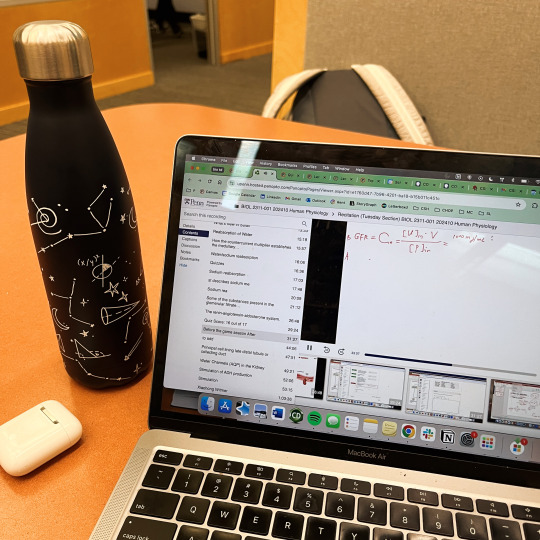

human phys revision at the library / yesterday's fit check
24 APRIL 2024 | 73/100 DAYS OF PRODUCTIVITY
sorry for the mini hiatus! spring hit and i had to do some frolicking, but, unfortunately, it is lock-in season
had my last gender and health seminar today! talked about aging and menopause and how the health system will always pathologize women for simply living
got lunch with my usual wednesday crew! there was also a little farmer's market today, so i bought some apples and brussel sprouts
went to the library to study for my human physiology test next week (yikes omg i'm scared)
had my sociology lecture! fun stuff about how science never will be objective and is unfortunately (?) carried out by humans
had an interview for a program i'm applying for next year omg it was so scary but i tried my best!
went home and cooked brussel sprouts and pasta because self care
working on more human phys revision and also mcat revision
🎧: blood orange (playlist by me) 📚: the southern past - w fitzhugh brundage
#studyblr#100 days of productivity#100 dop#study aesthetic#studyspo#study motivation#uni#college#academia#galestudies
102 notes
·
View notes
Text


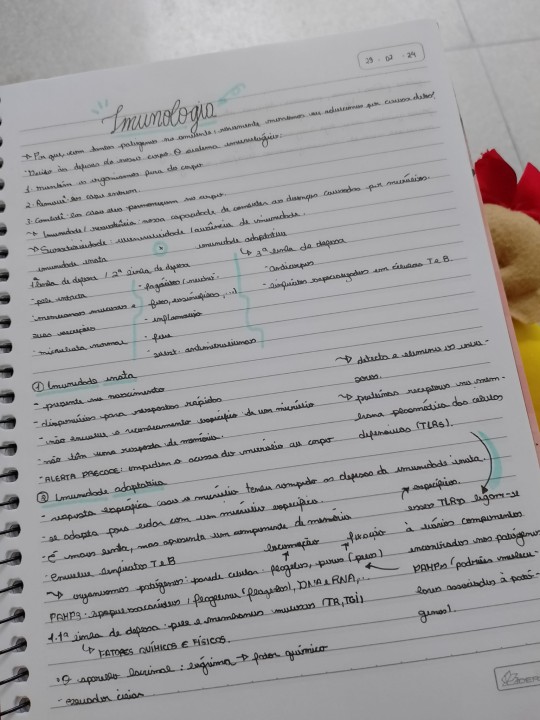
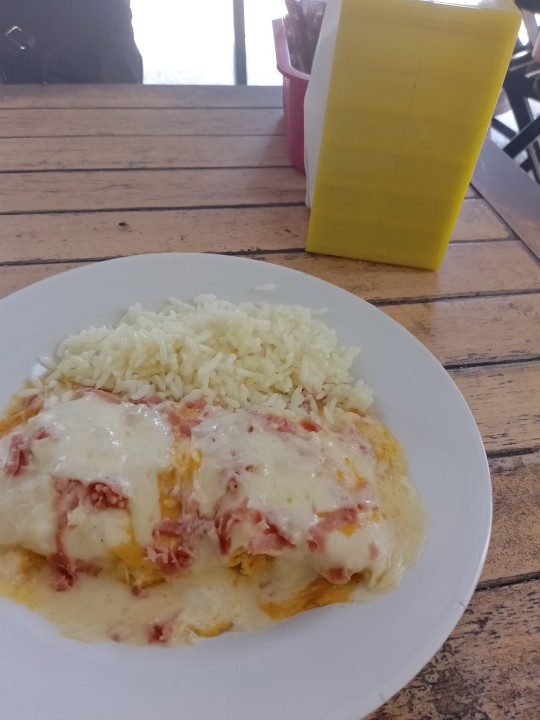
29/02/2024
Started my day with a health politics lecture. First of the semester. I don't really enjoy this subject, but It was actually really fun.
Then I had lunch (lasagna, which I reeeally love) and barbados cherry juice.
In the afternoon, I had a basic imunology lecture and it felt very productive. Then I had an oral physiology lecture that was more of an introduction to the subject.
Now, at night, I studied imunology and revised some basic physiology that I learned last semester.
Since is only the beggining, I don't have a lot to study, but I already have a health politics seminar to present. I'm always nervous about seminars, but I hope I get used to it someday.
P.S: For non-portuguese speakers. The "cãonino" in the orange agenda is a pun with the words "dog" (cão) and the"canines" teeth.
#grading#school system#studying#study inspiration#studyspo#studyblr#study motivation#student life#student#college life#college#study blog#study aesthetic#lecture#dark academia#academia
62 notes
·
View notes
Text
Spockanalia #1: A Proposed Model of the Vulcan Heart
By Sandra Deckinger
Art by Sherna Comerford and Kathy Bushman

(Part of a seminar report on E-T biology given at the Federated Planets Academy on 21-19-2368, by Lieutenant Sandra Deckinger, R.N.)
I would like to propose a six-chambered model for the Vulcan heart. Please refer to your diagram slides, as I explain this model of the circulatory pattern and give my reasons for its unusual features.
As in the human, oxygenated blood enters the heart from the superiour and inferiour vena cavae into the right atrium. From the atrium, the blood passes into the right ventricle. Both the atrium and the ventricle are much larger than in the human, because they must be more muscular to handle a greater blood volume.
From the ventricle, the blood goes via two pulmonary arteries to the lungs. The lungs are much larger than ours, and can take on more oxygen. They have greater expansion than human lungs, because the respiratory muscles are larger as an adaption to the heavier gravity. More oxygen is taken into the body because the greater lung expansion leads to greater negative pressure in the lungs, and this in turn increases the amount of oxygen pulled into the body.
From the lungs, the blood goes back to the heart via two pulmonary veins. Here, each vein enters into a separate left atrium. The blood flows into the ventricles from the atria, and then is pumped to the body through the aortae. The double system allows the heart to handle a very high blood volume.
Vulcans require a larger heart than humans because their blood is more dilute, and must therefore flow at a higher rate than ours does. Having a double left-sided heart would decrease blood pressure, and result in an almost undetectable pulse at the extremities. A low blood-pressure would also decrease blood flow to peripheral areas, and this would result in an inability to tolerate cold.
It has been said that the Vulcan heart rate is about 250 beats per minute. A heart beating that quickly needs more oxygen than a human heart beating at 80. This would certainly require a very rapid respiration or an oxygen carrier of greater efficiency than hemoglobin, or both.
The next paper will discuss this problem, and the physiologically related one of the carbon dioxide feedback system, which is one of the regulators of the respiratory rate.
Are there any questions?

A proposed six-chambered model of the Vulcan heart (from a sketch by Sandy Deckinger)

Note: With the help and guidance of Open Doors, we digitized the first volume of Spockanalia and imported it to AO3, which you can view here. In order to meet AO3's terms of service, some of the content was edited or removed. The full version of the zine is preserved on this blog. The masterpost is here.
#spockanalia#spockanalia volume 1#star trek#star trek the original series#spock#art#fic#sandra deckinger#kathy bushman#sherna comerford#vulcan#vulcan biology
26 notes
·
View notes
Text

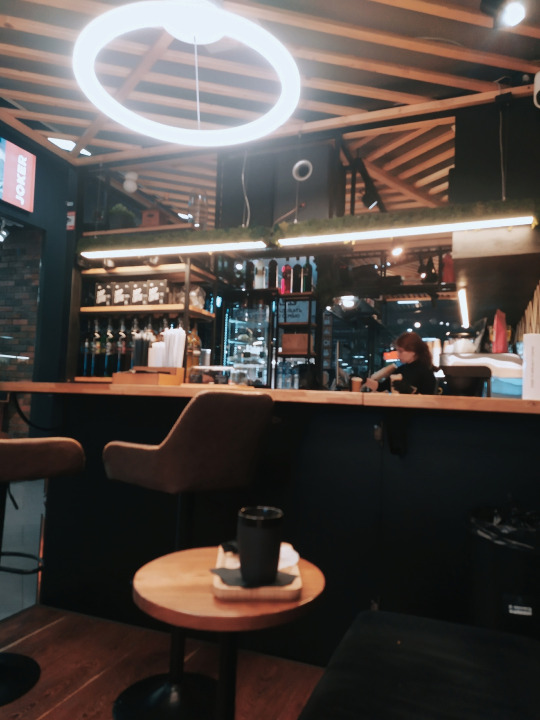
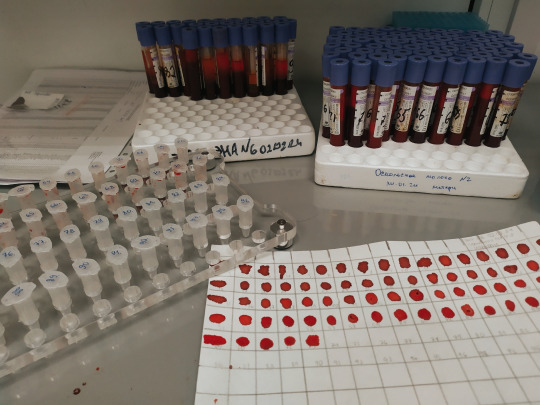

[14.02.24]
Everyday routine of a student, going to a cafe. Preparing for a seminar on human and animal physiology.
👩🏼🔬sampling in the laboratory
laboratory romance❤️
#university#diary#blogger#biology#unidays#science#my day#study motivation#real life#study blog#studying#stem student#student#student life#study#study aesthetic#study hard#study inspiration#study tips#studyblr community#studyspo#studystudystudy#university student#studyblr#studygram#study inspo#stemblr
38 notes
·
View notes
Text
31 December 2024
So, finally I decided to show up on Tumblr XD and post on the last day of the year. 2024 has been a roller coaster for me. The academic feats, physiology, biochemistry, anatomy and right now pathology, pharmacology, microbiology and every other things I have learnt and unlearned, the surgery that I had undergone, the trips I went, the cuisines and dishes i tried, the little concert I attended, the friends I met and made and a special friend who came to my life, everything just made 2024 so memorable. I guess, I'll love 2024 forever.
Well, I had an autumn break where I did not post and that's how I lost my motivation to post plus my studies weren't going that well. But here's some highlights from past three months
1st Internal Assessment of Year 2 kinda went well even though I thought I'll fail. Not an academic comeback but still I gave my 100% and I lowkey love examinations (the epiphany I had).
Presented two seminars and two posters.
Showed up for multiple literary competitions in College fest. on a medal in a group competition but I'm glad I participated since last year I did not simply because I was shy. At the same time, I know I didn't give 100% for those competitions, so I'm looking forward to doing better in the upcoming competition.
Coming to my Japanese lesson, I dropped the lessons since I wasn't able to manage my classes, practicals, posting and tests.
I wish y'all had a wonderful year and those who didn't, I hope you are still celebrating the fact that you survived despite everything. Everyone goes through hardships, everyone has that one year where we just survived and that's the biggest achievement. So, for everyone out there who just survived this year, I'm raising a toast. 🥂
My goals for the new year.
Since I realise I have some fault in my personality which has been pulling me downwards at times, so, I decide to work on it and get better.
Eat healthier and drink enough water.
Taking FA seriously.
Be better prepared for my next IAs.
Attend postings and actually make it productive.
Really looking forward to 2025, I hope the new year treats all of us with kindness and it's a year of success (in whatever form) for everyone out there. Waiting for more memories especially with my loved ones.
Happy and Prosperous 2025 🎀

📷 the first time OT during surgery posting. (Case : cholecystitis )
10 notes
·
View notes
Note
How are things going for the staff of the Gallifrey Institute for learning? You’re doing a great job, but I’d imagine there are some isolationist groups among Time Lords not happy with the work you’re doing.
Also, how’s Myishu 'the Fryer' of Scendeles doing with the catering these days? I’m a big fan of Myishu.
Ah, we're so glad you asked! Things are progressing smoothly here at the Gallifrey Institute for Learning (GIL). The High Council continues to fully support our mission of intergalactic education, despite the occasional grumblings of isolationist factions. Rest assured, they're of no concern.
And now, a quick update from each of us here at GIL!
---
Kowlignelokegalrasnorusowayfogilsha of Arcal – Chancellor
As Chancellor, I am proud to oversee the continued work of this esteemed institute. I recently completed a covert review of Earth’s educational systems. While it appears your understanding of quantum mechanics is … rudimentary, I am impressed with the creativity of your children's art classes. In fact, I have taken up crayons myself.
Saralonoroxapligofmyityo of Arcal – Vice-Chancellor
The Vice-Chancellor here! Things are wonderfully busy, as usual. Just last week, we received a fascinating inquiry from a planet whose inhabitants measure time-based on the growth rate of their fungal forests. I had the pleasure of organising a seminar to help them align their calendar system with Gallifreyan Relative Time.
Noraxoekodurosugofbyn of Prydon – Translation Officer for Mutter’s Spiral
Greetings from the translation desk! Work has been brisk—lots of correspondence from Earth lately, which I take as a sign that we're making an impact. For instance, I recently decoded a message from a human child addressed to Joxer the Mighty, declaring that she, too, has a mighty cat.
Shaplinortyovatshuagu of Drome – Regional Liaison for Mutter’s Spiral
Hello, Earthlings! It's always a pleasure liaising between your charming spiral and Gallifrey. Last month, I attended a human lecture on cryptid zoology. I was delighted to see such creative thinking about creatures that arrived on your planet accidentally.
Myishu 'the Fryer' of Scendeles – Catering
(Myishu's mastery of Earth dialect is limited).
Yo to Earth natives! I is thanking yous for big nice things and much happy now. Is big honour for Myishu to be in team of people—so big and much spongey brains. Earth people are {energy}. Myishu much enjoy Earth things like sloppy noodles and breadsticks. Me make often the dishes of kitchen Earth for all my friends. We eat like horse, chomp chomp. Yay!
I like you for all goodness you say for Myishu. Love love!
@fatelesschild - Human Liaison for Sol 3
I'msotiredI'msotiredI'msotiredI'msotiredI'msotiredI'msotiredI'msotiredI'msotiredI'msotiredI'msotiredI'msotiredI'msotiredI'msotiredI'msotiredI'msotired
Joxer (the Mighty) – Feline Assistant
Meow.
---
Thank you again for your kind words and your support of GIL! We’re always here, striving to educate and connect the cosmos. And to the fans of Myishu—your praise has been well-received. Expect even more Earth-inspired delights on the menu soon (he's been perfecting his tiramisu).
Any purple text is educated guesswork or theoretical. More content ... →📫Got a question? | 📚Complete list of Q+A and factoids →😆Jokes |🩻Biology |🗨️Language |🕰️Throwbacks |🤓Facts →🫀Gallifreyan Anatomy and Physiology Guide (pending) →⚕️Gallifreyan Emergency Medicine Guides →📝Source list (WIP) →📜Masterpost If you're finding your happy place in this part of the internet, feel free to buy a coffee to help keep our exhausted human conscious. She works full-time in medicine and is so very tired 😴
#gil#gallifrey institute for learning#dr who#dw eu#ask answered#whoniverse#doctor who#gallifreyans#time lords
12 notes
·
View notes
Text
જ⁀➴ My Spring 2025 Course Lineup!!

Medical Mycology/Virology/Parasitology (MVP)
Genetics
Anatomy and Physiology II & Lab
MLS Practicum/Career Prep
Phlebotomy
Theatre Appreciation
Honors Seminar I
Intermediate Swimming
I'm so excited for this semester!! It's almost all MLS focused! I have a couple of other credits I need to take, but I'm going to enjoy them so it's all good :)
#studyblr#university#spring 2025#stem academia#academia#studyspo#study motivation#university student#student life#spring semester#courses#classes#student#study blog#studying#study hard#uni student#students#springstickinstem
6 notes
·
View notes
Text
Sometimes I forget how much I work hard for my studies that it still surprises me when I get high grades. I just completed my major botany courses all with a grade of 1.0. What makes me even prouder of this feat is that three of these courses were taught by my forever idol plant physiologist Dr. Sese and considered extremely difficult by those that had taken them before. Now I am 60% inclined towards choosing a photosynthesis- or stress-physiology- related doctorate degree in the future.
Three minor courses, seminar, thesis, and compre this 2025!
2 notes
·
View notes
Text
David Diamond - Demonization and Deception in Cholesterol Research
For the past 60 years there has been a concerted effort to demonize saturated fats, found in animal products and tropical oils, and cholesterol, in our food and blood. Despite the well-established health benefits of diets rich in cholesterol and saturated fat, flawed, deceptive and biased research has created the myth that a low fat, plant-based diet is ideal for good health. Poorly conducted epidemiological research, U.S. government intervention and misinformation conveyed by contemporary lifestyle researchers have contributed to the current state of confusion on dietary influences on health. The public must educate themselves on how to optimize their diet and cardiovascular health.
David M. Diamond is a professor in the Departments of Psychology and Molecular Pharmacology and Physiology at the University of South Florida and is a Research Career Scientist at theTampa Veterans Hospital, where he has directed his research program on post-traumatic stress disorder (PTSD) and traumatic brain injury (TBI). He has also served as the Director of the USF Neuroscience Collaborative program and is a Fellow at the American Institute of Stress and the International Stress and Behavior Society.
Dr. Diamond has served on federal government study sections and committees evaluating research on the neurobiology of stress and memory, and has over 100 publications, reviews and book chapters on the brain and memory. He has served on the editorial boards of numerous medical journals and has received over 25 years of federally funded support for his research.In the past decade, Dr. Diamond has expanded his research program to include cardiovascular disease and nutrition. His controversial research is an extension of an advanced seminar he directs at the University of South Florida entitled “Myths and Deception in Medical Research”, which emphasizes the critical evaluation of methods and conflicts of interest in health-related research. In recent years he added to his list of publications controversial papers on diet, cholesterol and statins, including one paper published in the peer-reviewed medical journal “Expert Review of Clinical Pharmacology”, which described the deceptive practices employed by researchers promoting statins for the treatment of cardiovascular disease. Dr. Diamond has been invited to present his myth-busting views on nutrition and cholesterol to lay people and physicians at nutrition, cardiology, obesity and diabetes conferences all over the world.
Dr. Diamond received his Ph.D. in Biology in 1985, with a specialization in Behavioral Neuroscience, from the Center for the Neurobiology of Learning and Memory at the University of California, Irvine.
5 notes
·
View notes
Text
"INFLUENCING PHYSICAL FITNESS THROUGH EXEMPLARY LEADERSHIP"
In today's sedentary lifestyle, the significance of physical fitness cannot be overstated. As HUMMS students, we bear the responsibility of shaping the future, not only academically but also in terms of overall well-being. One impactful avenue to influence our peers positively is by leading through example in the realm of physical fitness. This essay explores the profound impact of leading as an example, providing opportunities for physical activity, and emphasizing the importance of proper fitness practices in shaping a healthier and more active future.
One of the most compelling ways to inspire others is by embodying the change we wish to see. As HUMMS students, we can set ourselves as paragons of proper physical fitness, demonstrating dedication to regular exercise, a balanced diet, and a healthy lifestyle. By showcasing the positive outcomes of these choices, such as increased energy levels, improved concentration, and enhanced overall well-being, we can serve as powerful motivators for our peers. When others witness the tangible benefits of a physically active lifestyle in our lives, they are more likely to be inspired to follow suit. In addition to personal commitment, fostering a culture that encourages physical activity is crucial. As HUMMS students, we can take the initiative to organize and participate in sports or other physical activities. Establishing soccer or basketball teams, for example, not only provides enjoyable outlets for exercise but also creates a sense of camaraderie and teamwork. Such initiatives not only contribute to the development of physical skills but also instill values such as discipline, perseverance, and cooperation – qualities that extend beyond the realm of sports and into various aspects of life.
Encouraging our peers to participate in these activities not only expands their opportunities for physical exercise but also contributes to the creation of a supportive and encouraging environment. The sense of belonging to a community with shared fitness goals enhances motivation and helps break down barriers that may prevent some individuals from engaging in physical activities. While participation in physical activities is essential, the importance of doing them correctly should not be overlooked. As HUMMS students, we can take the lead in educating our peers about proper fitness practices. This includes understanding the importance of warm-ups, cool-downs, and proper technique in various exercises. By organizing workshops, seminars, or even casual discussions, we can share knowledge about the physiological benefits of different exercises and the potential risks of improper practices. This knowledge equips our peers with the tools to engage in physical activities safely and effectively, contributing to the long-term sustainability of their fitness routines.
In conclusion, as HUMMS students, we possess the potential to be influential leaders in shaping a healthier and more active future. By leading as examples, providing opportunities for physical activity, and emphasizing the importance of proper fitness practices, we can inspire our peers to adopt and maintain a physically active lifestyle. In doing so, we contribute not only to the well-being of individuals but also to the cultivation of a society that values and prioritizes physical fitness as an integral component of a fulfilling and prosperous life.
2 notes
·
View notes
Text


old photo of the greenhouses / new photo of philosophy readings in bed
19 MARCH 2024 | 66/100 DAYS OF PRODUCTIVITY
treating myself with a little grace today because, surprise surprise, the material for my cultural trauma class got a little too personal
went to my 8am physiology lecture in sweats and then came right back home lol
made a fried egg sandwich for lunch!
finished reading the first four books of aristotle's nichomachean ethics for ancient greek philosophy seminar
then went to my cultural trauma seminar which was helpful for my thesis but also very difficult; i think i might speak to my prof about it though i probably should have done that preemptively
went to my philosophy seminar, and i'm not a philosopher by any means but i'm just not invested in aristotle's argument? and the discussion in class made it worse because i just don't buy in to the idea that humans have a function, so i wasn't very participatory in class today
finished three problem sets for physio and worked on some stuff for the organization i volunteer for
working on readings for my gender health seminar tomorrow!
friendly reminder that wearing a mask is an act of love!!
#studyblr#100 days of productivity#100 dop#study aesthetic#studyspo#study motivation#uni#college#galestudies
57 notes
·
View notes
Text



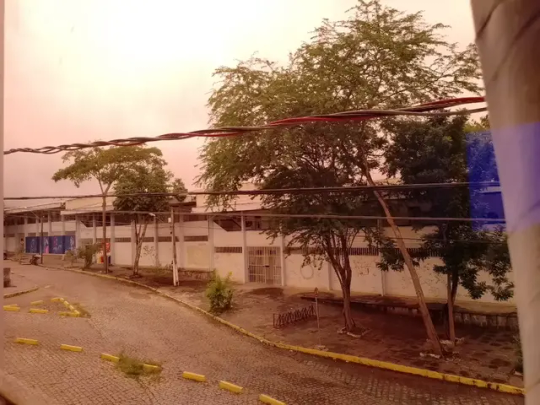


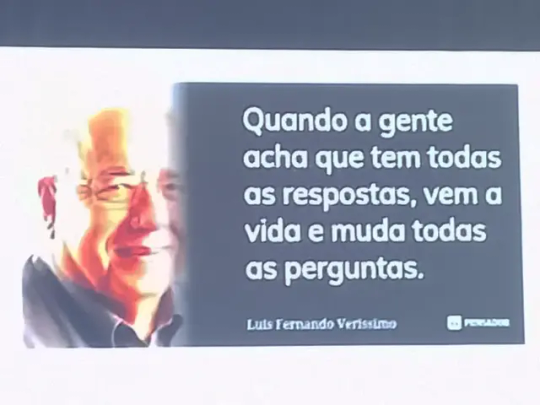

14/03/2024
Here are some pictures from today. I had 7 lectures (three of health politics in the morning, in which I presented a seminar, then I had lunch and in the afternoon I had 4 more lectures, two imunology classes and two oral physiology classes too). The 7th picture quote it's really interesting. It says "When we think we have all the answers, life comes and change all the questions". I'm thinking deeply about it as I write this post.
#college#college life#school system#student life#study motivation#studying#dark academia#study blog#studyblr#grading#light academia#uni life#university#study inspiration#student#studyspo#my photos#photography
14 notes
·
View notes
Text
LSAD Seminar 02: 3D Studies with Elaine Riordan
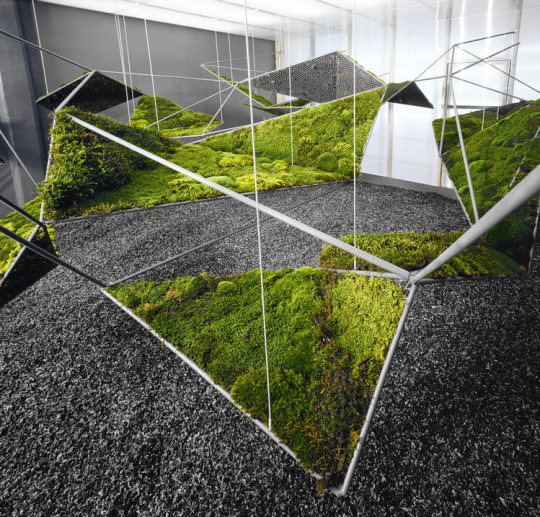
Above: Geometric Moss Art Installation by Freecell
What is 3D Studies?
This would be a lot easier if I could just say 3D studies is the study of 3D but I doubt LSAD will allow me to away with that. 3D studies is an interdisciplinary field of study involving engagement with the physical and tactile elements of our environment. As opposed to 2D work done on flat canvases and computer screes, 3D work occupies physical space with measurable height, width, depth, weight, etc. 3D studies is relevant to every specialisation and a vital part of the art ad design process.
We are provided a handy checklist by Tutor Elaine Riordan in the seminar that summarises the "what" of 3D studies:
3D Studies may be seen as:
"...fine art or design"
"...small or large scale"
"...positive or negative in form"
"...you and the space you inhabit"
"...made from any material/media"
"...engaging us physically or emotionally"
"...site specific or not"
The elements of 3D studies covered in this seminar include Form, Structure, Texture, Volume, Weight, Space, and Location. These elements are explored through the use of materials and processes and active engagement with the contexts in which the exist. I've included below my best guess explanation of each of these seven concepts.
Elements of Exploration in 3D Studies:
Form

Above: Our given example of an artist who works with form, Ruth Asawa.
What is form?
Form in simple terms refers to the overall "shape" of any given work of art or design. Form is present in even the most two-dimensional works of art, such as the canvas on which a painting is expressed. Over time there has been great movement from artists to challenge and elevate the nature of form in art, taking it from an assumed background element to the forefront.
Further Examples of Asawa's work:

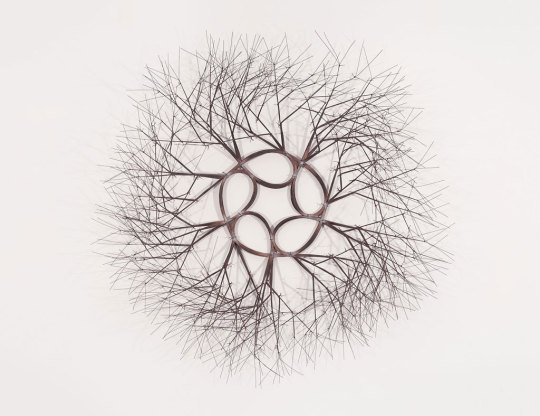
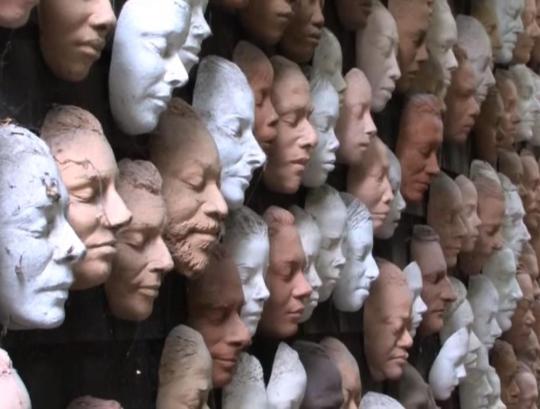
Structure

Above: Our given example of an artist working with structure: Úna Burke.
What is structure?
Structure could well be described as the "shadow" of form. If form represents the resultant, visible outcome of a work of art or design, then structure represents the underlying framework that allows form to exist. If form is often overlooked as a background element, then structure is in the background of the background. Artists who work with structure highlight not the pure outcome of their work, but the "how" and "why" of it.
Further Examples of Burke's work:
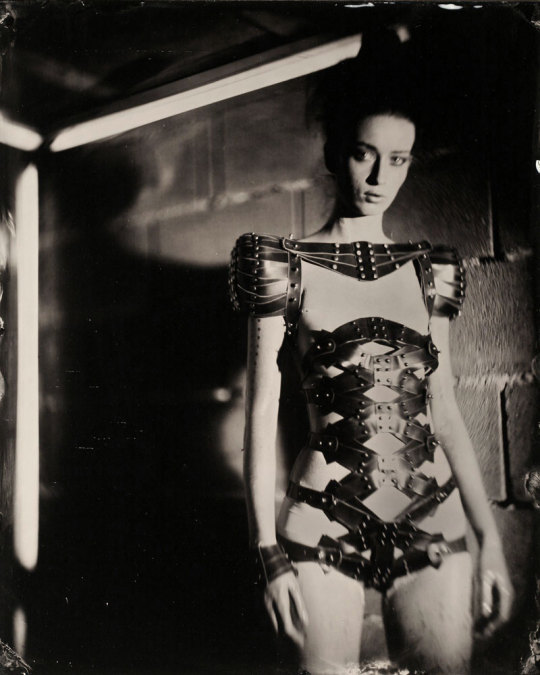
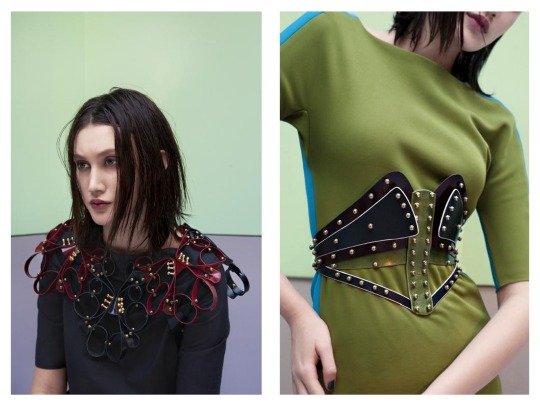
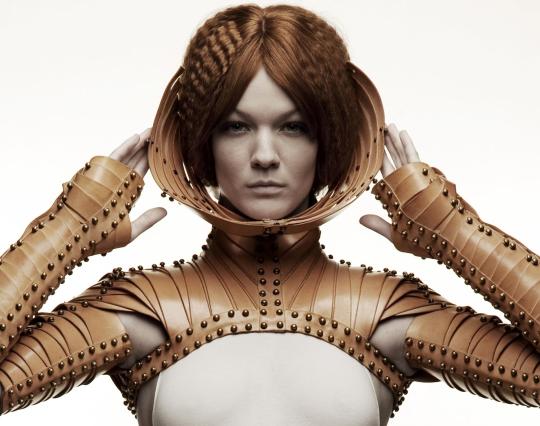
Texture

Above: Our given example of an artist working with texture, Junko Mori.
What is texture?
Texture refers broadly to the "feeling" of a given work, whether that feeling be the tactile sensation of cold marble or hardened acrylic, or simply the visible texture of dabbled brushstrokes on canvas. Ultimately texture can express and exude feeling on an entirely separate physiological level from other characteristics of 3D studies. Artists who work with texture can play with our expectations and assumptions by matching or contrasting a works texture to its form, structure, etc.
Further Examples of Mori's work:

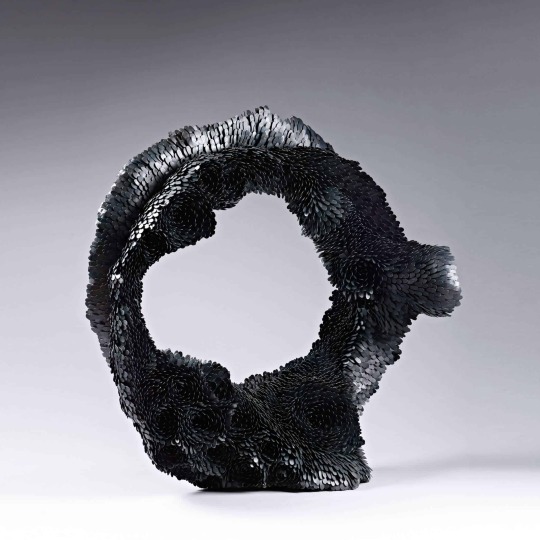

Volume

Above: Our given example of an artist working with volume: Viktor & Rolf.
What is volume?
I've always thought of volume as synonymous with negative space in 3D art. The volume is implied by the form and structure of a given work. Much like how the negative space can't exist without positive, volume cannot exist without its container. Artist who champion volume allow is to see what is not there and in doing so, broaden our collective vision.
Further Examples of Viktor & Rolf's work:

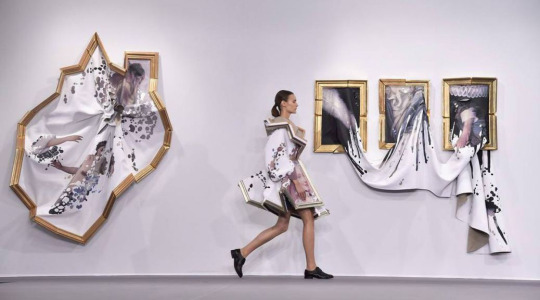
Weight
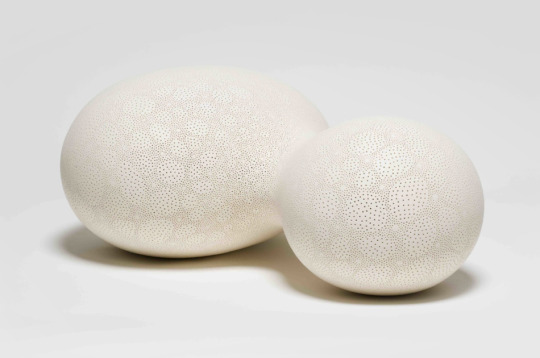
Above: Our given example of an artist working with weight, Frances Lambe.
What is weight?
Weight refers not just to the literal mass of an object in art and design, but to its prominence in an given piece. Artists who utilise weight in their work often create a strong sense of visual hierarchy and harmony between their various compositional elements. Making the heavy appear light, or the light appear heavy challenges us not just to contemplate the creation of a given piece but to question the world around us and our own underlying assumptions therein.
Further Examples of Lambe's work:


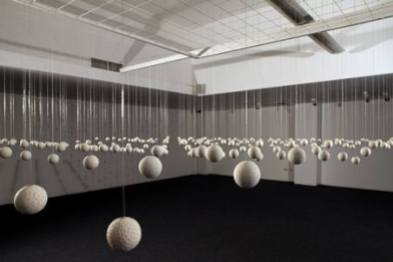
Space
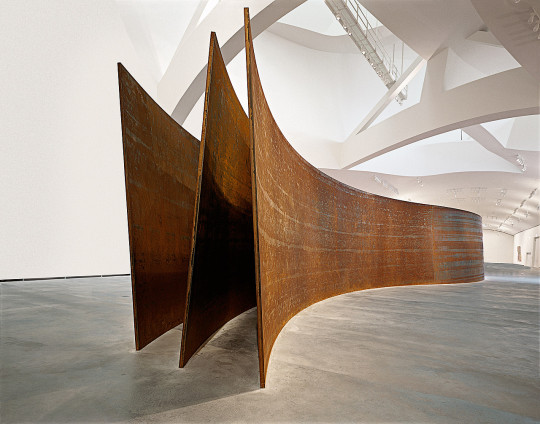
Above: Our given example of an artist working with space, Richard Serra.
What is space?
Space as a concept is similar to volume, in that it's all about the relationship between what is present and what's not. The impression of small object viewed up close from below is starkly different from that same object viewed from a distance in a large empty room, for example. Space can alter and redefine the ideas or intent of a given work by changing its context. The immense power of space is something that must always be considered when creating and appreciating art, as we can no more divorce a work of art from space than we can divorce ourselves from it.
Further Examples of Serra's work:

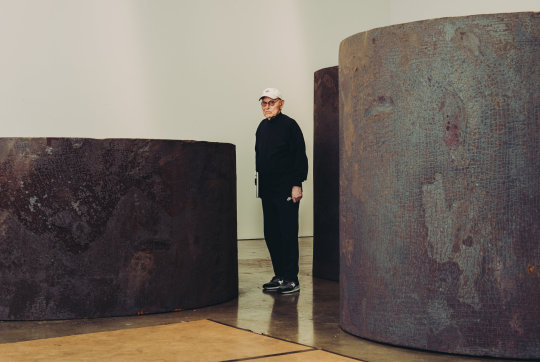
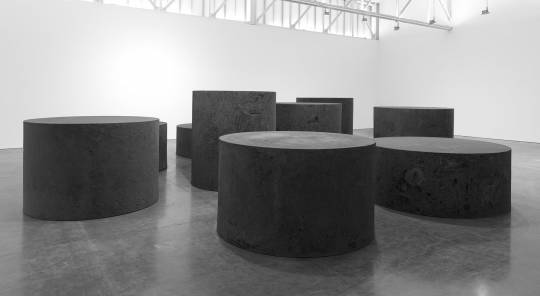
Location

Above: Our given example of an artist working with location, Anish Kapoor.
What is location?
Location, location, location! Similar to, but more specific than space, location deeply affects the context of a given work of art. A urinal displayed in an art gallery leaves a decidedly different impression upon the viewer than a urinal in a bathroom, for example. Location is likely the most context dependent item on this list as it plays into very real cultural and political associations. Something as innocuous as a red post box has a sharply negative connotation here in Ireland. Artists who utilise location display a keen understanding of context and a sympathy for the human experience.
Further Examples of Kapoor's work:
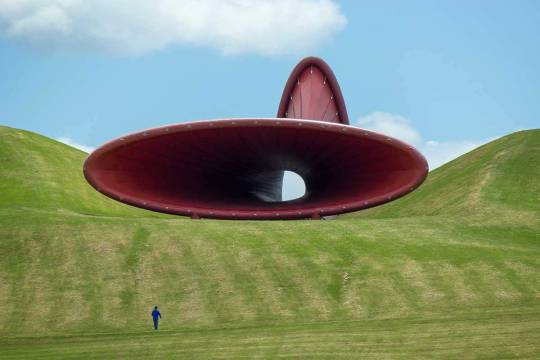

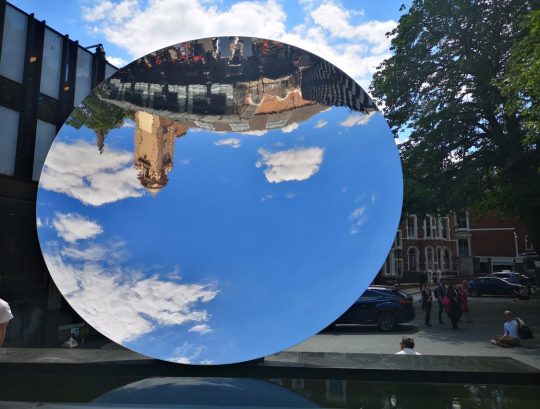
2 notes
·
View notes
Text
Every master's student (2 total) in the physiology department sitting together at the seminar pretending they haven't seen one another almost naked and even more (beyond skin), just because we all (2 people) know how hard it is to find participants and volunteer to one another's studies
2 notes
·
View notes
Text
[1.12.23]
Today:
lab work genetics (seminar)
lab plant physiology
lab human anatomy
extracurricular activity in the fight against AIDS
yay! December
And I give it all away. Just to have somewhere to go to. Give it all away. To have someone to come home to.
🎧My December- Linkin Park




#diary#my day#blogger#unidays#biology#real life#music#linkin park#winter#university#study blog#study motivation#study hard#studying#study inspiration#study aesthetic#studyblr#studyblr community#studygram#studystudystudy#studyspo#student life
27 notes
·
View notes